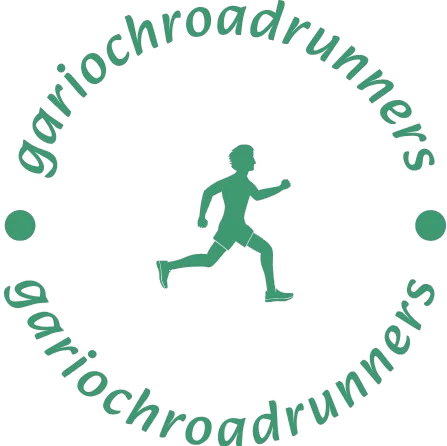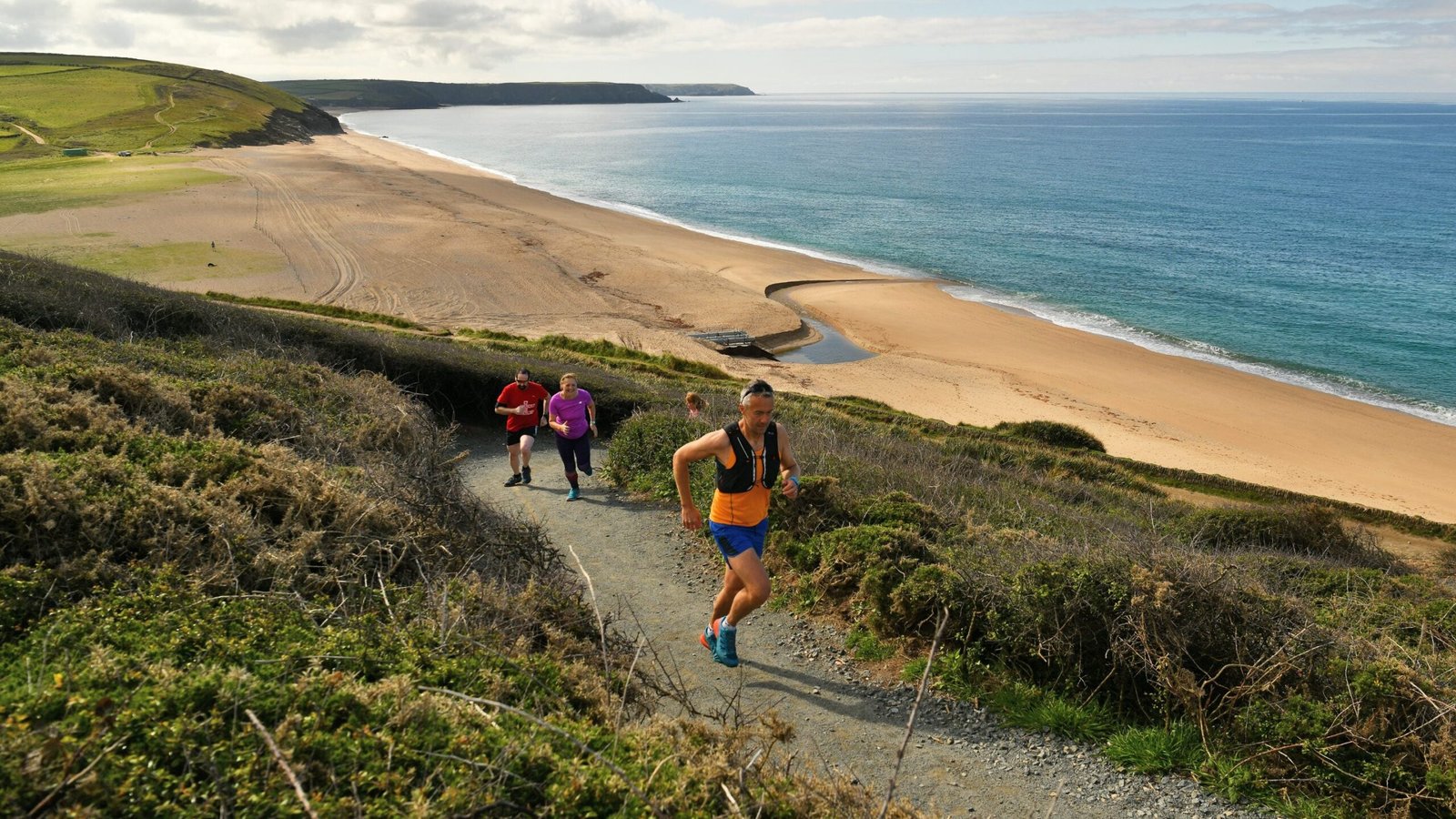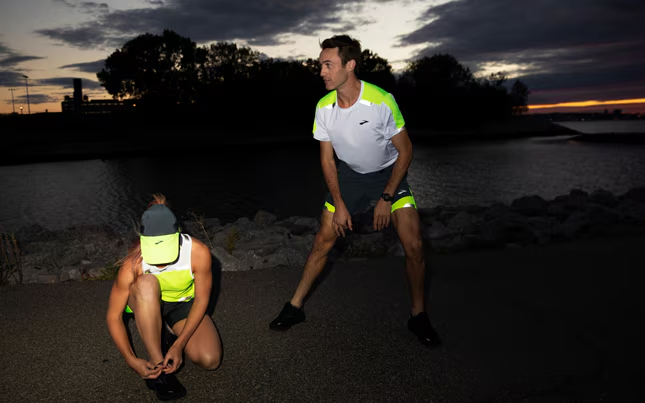Completing a long race, whether it’s a marathon, half-marathon, or ultramarathon, is a significant achievement. However, the race doesn’t end at the finish line—proper recovery is essential to help your body heal, prevent injuries, and prepare for future runs. Below are essential tips to recover effectively after a long race.
1. Celebrate Your Achievement
Before diving into recovery, take a moment to celebrate your accomplishment. Reflect on your training, the race itself, and the effort you put in. This mental reset is an essential first step toward physical recovery.
2. Keep Moving After the Finish Line
As tempting as it is to sit or lie down immediately after the race, keep moving for 10–15 minutes. Light walking helps regulate your heart rate, improves circulation, and prevents blood from pooling in your legs, which can cause dizziness or fainting.
3. Prioritize Rehydration
Long races deplete your body of fluids and electrolytes. Rehydration is crucial to restoring balance.
- Water: Drink plenty of water immediately after the race.
- Electrolyte Drinks: Sports drinks or electrolyte tablets can replenish lost sodium, potassium, and magnesium.
- Avoid Overhydration: Sip fluids gradually to avoid bloating or water intoxication.
4. Refuel with Nutrition
Your body needs nutrients to repair muscle damage and replenish glycogen stores. Aim to eat a recovery meal within 30–60 minutes of finishing.
- Carbohydrates: Opt for easily digestible carbs like bananas, oatmeal, or rice to restore energy.
- Protein: Include lean protein sources like eggs, chicken, or protein shakes to aid muscle repair.
- Healthy Fats: Avocado, nuts, or olive oil provide essential nutrients for recovery.
5. Stretch and Foam Roll
Post-race stretching and foam rolling help reduce muscle tightness and soreness. Focus on major muscle groups like the quads, hamstrings, calves, and hips.
- Dynamic Stretching: Gentle, movement-based stretches improve circulation without overstressing tired muscles.
- Foam Rolling: Use a foam roller to massage sore areas, break up lactic acid, and improve flexibility.
6. Take an Ice Bath
An ice bath can reduce inflammation and muscle soreness. Submerge your lower body in cold water for 10–15 minutes within a few hours of finishing the race. If an ice bath isn’t available, applying cold packs to specific sore spots can provide similar relief.

7. Get Quality Rest
Sleep is one of the most important recovery tools. During sleep, your body repairs tissues, restores energy, and reduces inflammation.
- Aim for 7–9 Hours: Prioritize uninterrupted, quality sleep for several nights after the race.
- Naps: A short nap (20–30 minutes) in the afternoon can provide an additional recovery boost.
8. Avoid Overtraining
Give your body time to heal by avoiding intense workouts immediately after a race.
- Active Recovery: Engage in light activities like walking, yoga, or swimming a few days after the race.
- Rest Days: Allow at least 2–3 full days of rest, depending on the race distance and your experience level.
9. Schedule a Sports Massage
A professional sports massage 24–48 hours after the race can release tension, improve circulation, and accelerate recovery. Be sure to communicate any specific sore spots to your therapist.
10. Listen to Your Body
Recovery times vary from person to person. Pay attention to how your body feels and adjust your recovery plan accordingly.
- Delayed Onset Muscle Soreness (DOMS): It’s normal to feel sore 24–48 hours post-race. Use heat packs, gentle stretching, and rest to ease discomfort.
- Signs of Overtraining: Persistent fatigue, pain, or mood changes may indicate you need more recovery time.
11. Gradually Resume Training
Ease back into your regular training routine over the next few weeks. Start with shorter, low-intensity runs and gradually increase your mileage. Use this time to focus on improving technique and strength to prevent future injuries.
12. Reflect and Plan
Take time to reflect on your race experience. What worked well? What could be improved? Use these insights to adjust your training for future races.
Conclusion
Recovering from a long race requires a combination of physical care, nutrition, rest, and mental reflection. By following these tips, you’ll not only recover faster but also come back stronger for your next running adventure. Whether you’re a seasoned marathoner or a first-time racer, prioritizing recovery is key to maintaining a healthy and fulfilling running journey.











